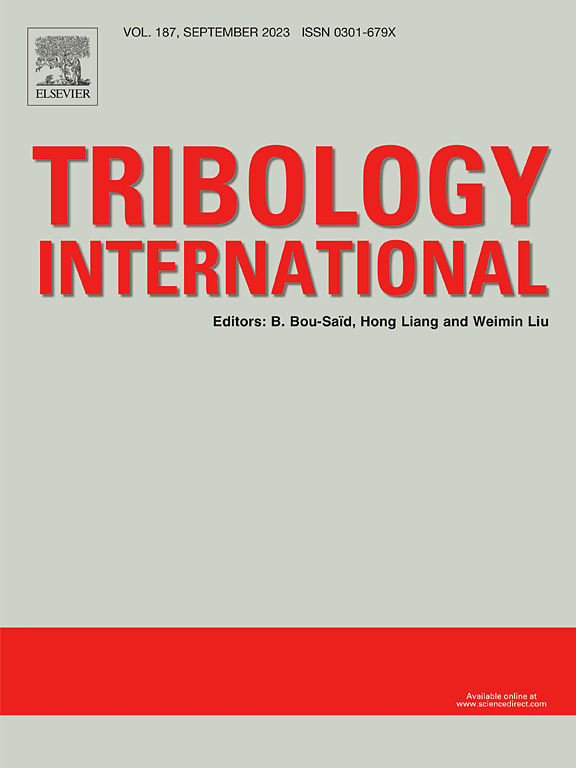Artificial intelligence-based procedure to analyze heat transfer features for chemically reactive Darcy-Forchheimer flow of magnetized tetra-hybrid nanofluid flow capturing Joule heating aspects through stenotic artery
IF 6.1
1区 工程技术
Q1 ENGINEERING, MECHANICAL
引用次数: 0
Abstract
Scientists are studying the thermal characteristics and energy requirements of blood containing magnetic nanoparticles using the Darcy-Forchheimer flow model (DFFM) framework. This research examines various heat transfer mechanisms, including thermal radiation and viscous effects, to advance medical treatments by understanding how these particles behave in arterial blood flow under magnetic fields. The study employs a tetra hybrid nano-fluid consisting of silver (), gold () and titanium-oxide , copper , and blood is treated as the base fluid. Gold, copper, and silver nano-particles are taken for their potential in imaging and drug delivery. The objective of this study is to evaluate the performance of tetra hybrid nano-fluid models (THNFM) using numerical approach along with AI integrated analysis. Using artificial intelligence techniques that incorporate predicting methods yields accurate predictions for this complex fluid system. The model accounts for both random variables and turbulent flow characteristics. Mathematical simplification is achieved by converting the governing partial differential equations to ordinary differential equations through similarity methods. ND-Solver Mathematica technique is employed to solve converted ODEs to gain behavior of different parameters. After getting tabular data MATLAB tool is used to process it for Neural Fitting mechanism. The dataset is split into 70 %, 15 %, and 15 % for training, testing, and validation in the Neural Network-Back propagation Levenberg-Marquardt scheme (NN-BPLMS). NN-BPLMS is applied to draw graphs of performance, state function, error histogram, regression analysis and function fit numerically using the sequence of train, validate and test (TTV) in NN-BPLMS processes. Applied technique exhibited the approximate solutions of TETHMNF DFFM for different cases and comparison with reference results to verify the correctness of the proposed NN-BPLMS. This applied Neural Network techniques effectively solved the TETHMNF performance with squared mean error (MSE), reflections of regression analysis (RA) and histogram studies (EHA). The comparison between the results obtained prior and after implication of the AI-NNs, the errors ranging from to are observed, which confirms the accuracy of the method.
求助全文
约1分钟内获得全文
求助全文
来源期刊

Tribology International
工程技术-工程:机械
CiteScore
10.10
自引率
16.10%
发文量
627
审稿时长
35 days
期刊介绍:
Tribology is the science of rubbing surfaces and contributes to every facet of our everyday life, from live cell friction to engine lubrication and seismology. As such tribology is truly multidisciplinary and this extraordinary breadth of scientific interest is reflected in the scope of Tribology International.
Tribology International seeks to publish original research papers of the highest scientific quality to provide an archival resource for scientists from all backgrounds. Written contributions are invited reporting experimental and modelling studies both in established areas of tribology and emerging fields. Scientific topics include the physics or chemistry of tribo-surfaces, bio-tribology, surface engineering and materials, contact mechanics, nano-tribology, lubricants and hydrodynamic lubrication.
 求助内容:
求助内容: 应助结果提醒方式:
应助结果提醒方式:


